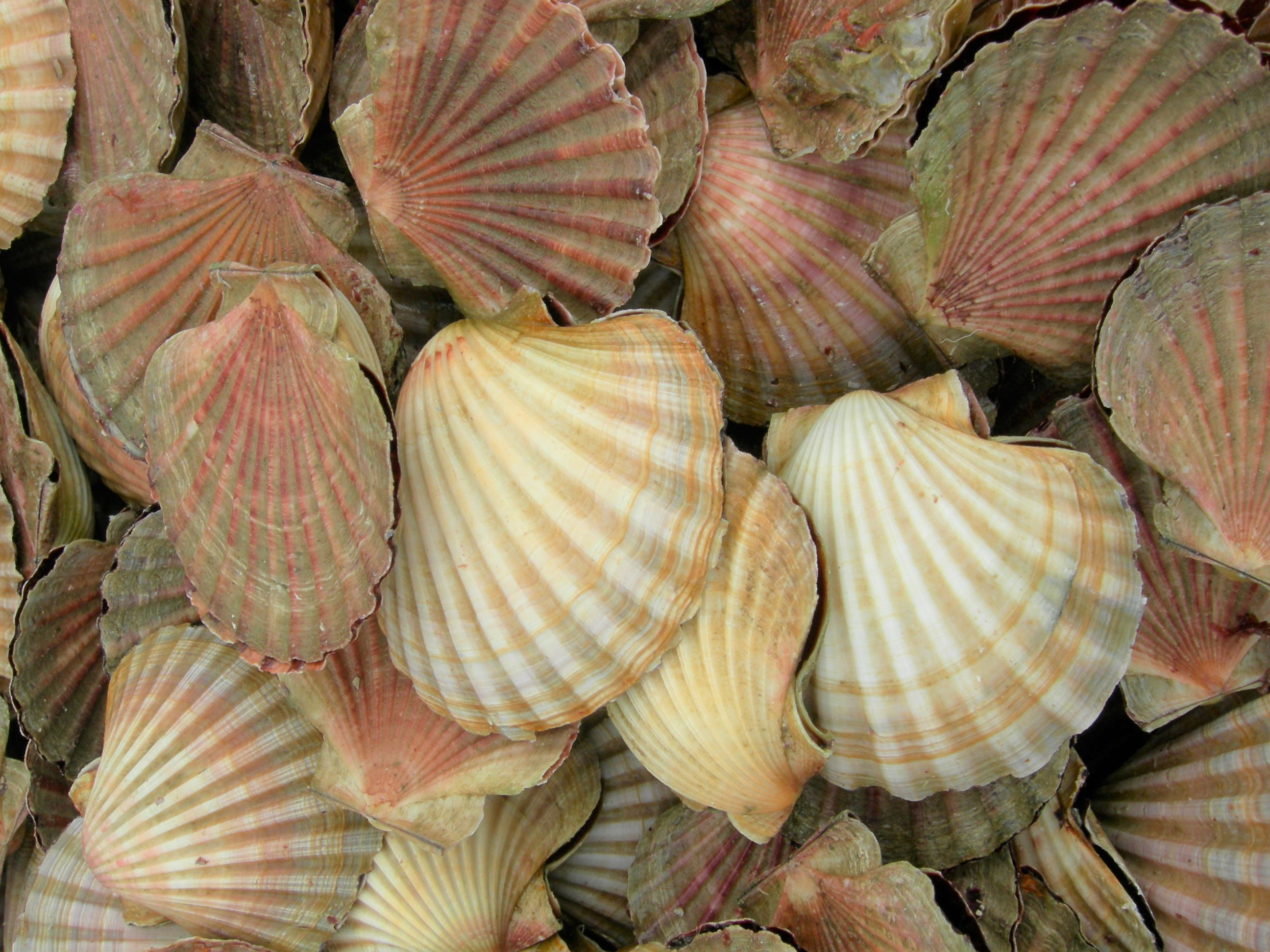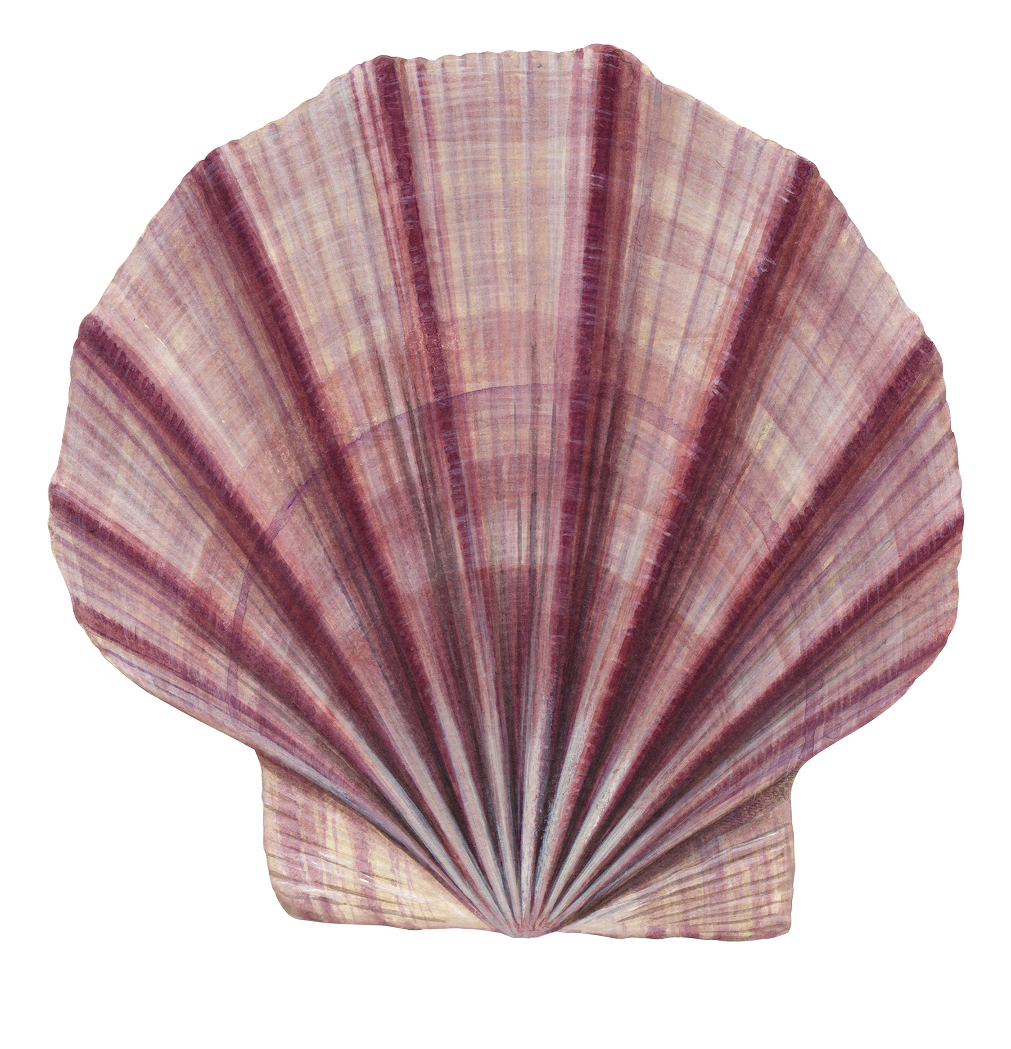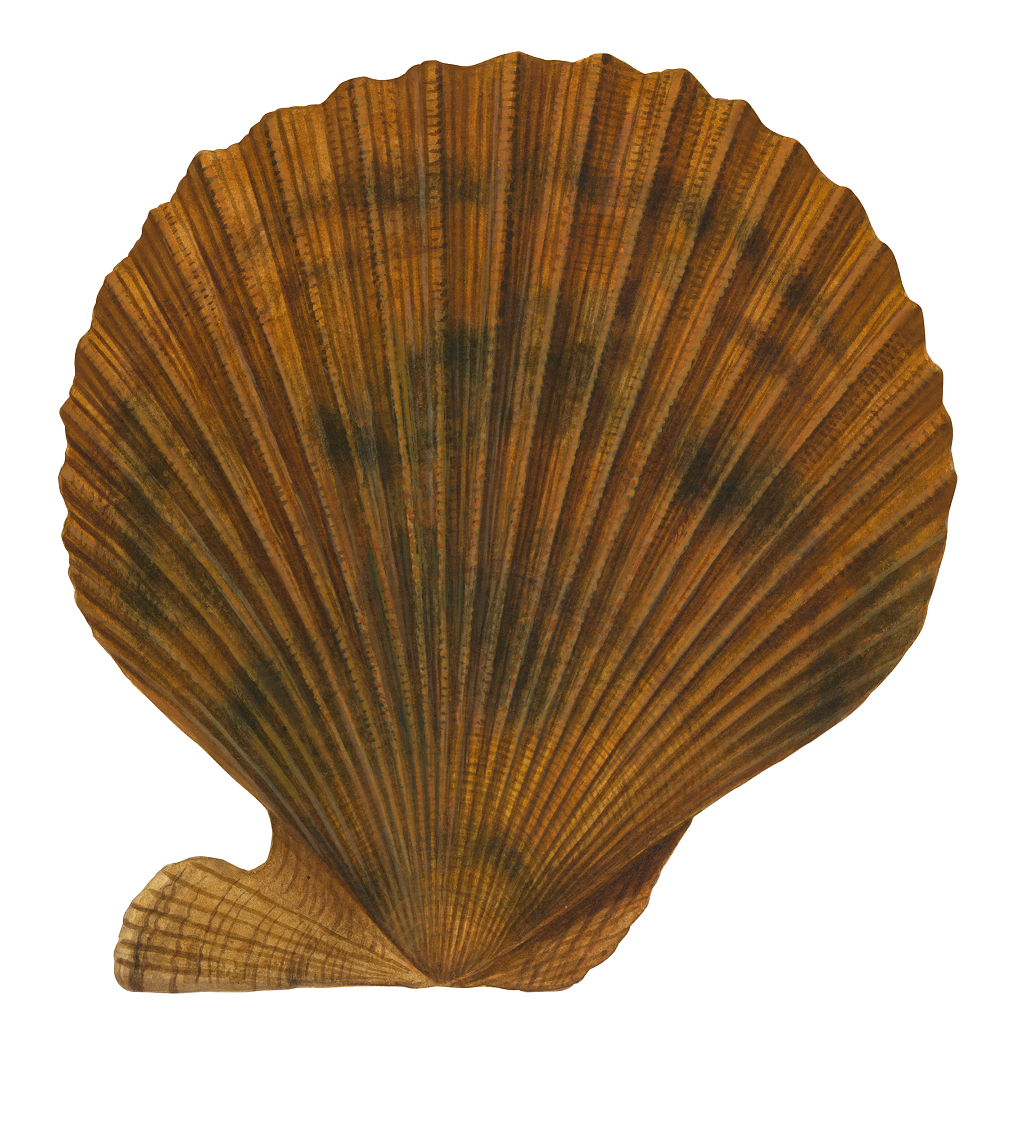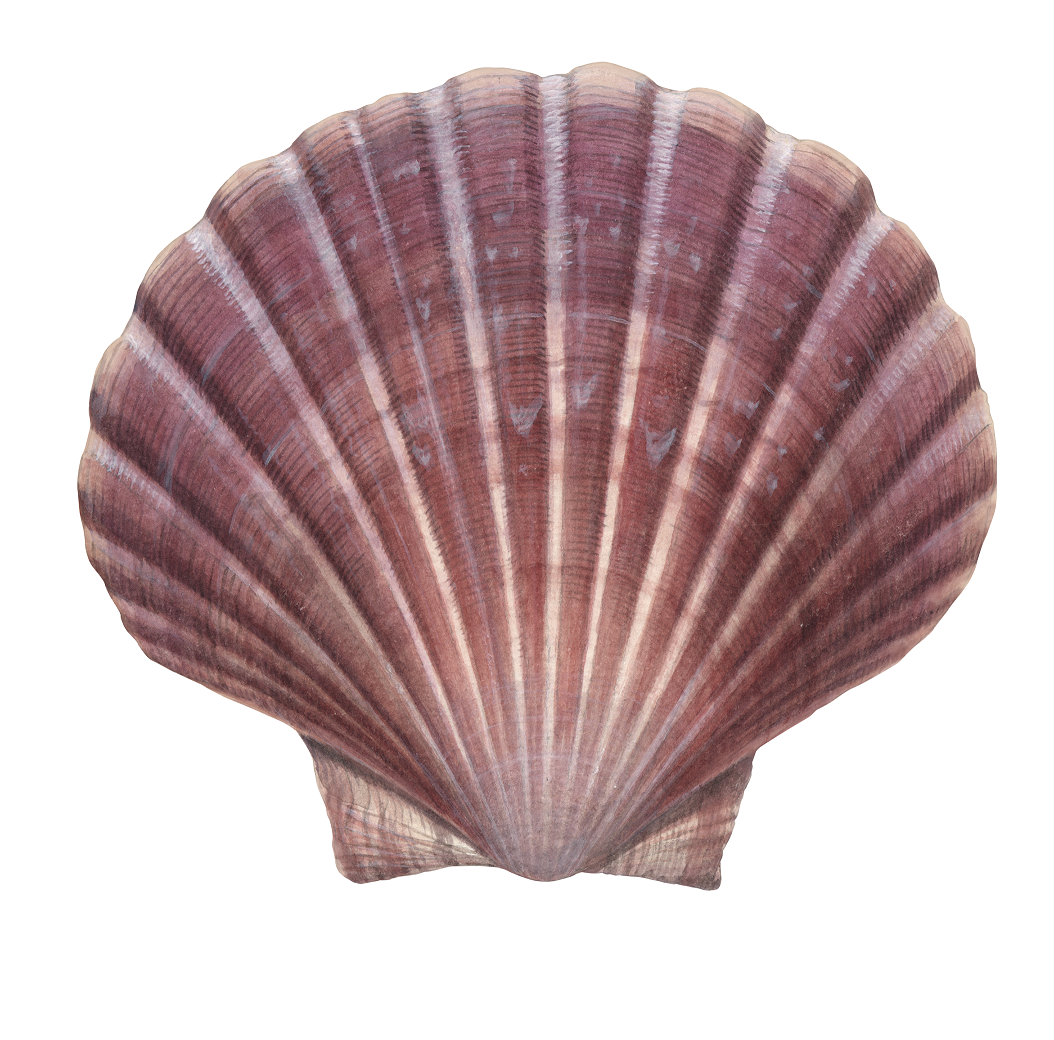Recreational Fishing
Recreational fishing for scallops has a long history in Tasmanian waters and, like the commercial fishery, has been characterised by open seasons followed by extended closures for stock rebuilding. The current recreational dive-only fishery for scallops (commercial, queen, and doughboy scallops are targeted) commenced in 2006 and catches are input controlled with open seasons, closed areas, size limits, bag limits, possession limits, and a specific scallop diver recreational license.
Although the entire Tasmanian coast was initially open to recreational effort, TAFI (now known as IMAS) recreational fishing surveys showed that fishing was primarily focused in the D’Entrecasteaux Channel, and consequently IMAS conducted seven scallop dive surveys of the channel between 2006 and 2011. This research established that the total number of scallops in the channel had declined by 87% between 2006 and 2011 (commercial scallops declined by 93%). These surveys and subsequent D’Entrecasteaux Channel surveys in 2012 (dive), 2016 (dive), 2017 (video and dive) and 2020 (video) found that no significant recruitment pulses had occurred since 2007. On this basis, the D’Entrecasteaux Channel component of the recreational fishery has been closed to fishing since 2012 and is likely to remain closed for the foreseeable future due to low abundance of juveniles. The recreational scallop dive fishery elsewhere around the state has supported open seasons each year from 2012 and approximately 13,000 and 130,000 scallops landed in the 2013 and 2018 recreational seasons respectively, primarily from the central east coast of Tasmania (Lyle et al., 2014; Lyle et al., 2019).
Details on the current management controls for the Tasmanian Scallop Fishery is provided on the Department of Natural Resources & Environment (NRE) website at the link:







